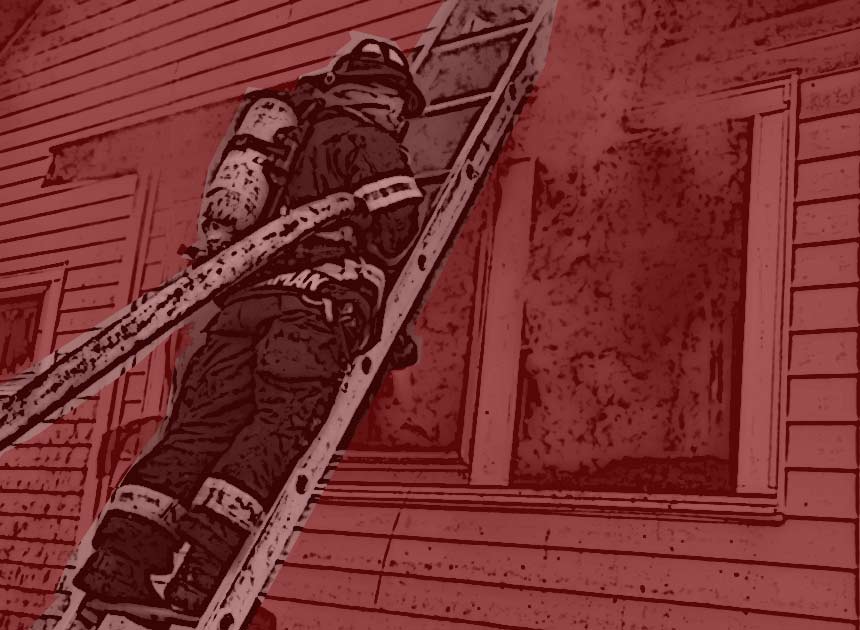
By Todd LeDuc
We continue to see U.S. Fire Administration counts of annual on-duty line of death with nearly 50 percent of those related to sudden cardiac death. In addition, estimates suggest that for each cardiac line-of-duty death in firefighters, between 17-27 more firefighters suffer a non-fatal cardiac event that leave these members with some type of cardiac residual damage.
Regrettably, this has become an annual occurrence, and we continue to repeat this cycle. We know from published research that rigors of firefighting and exposure to extreme heat causes cardiovascular strain. We also know from work published by Kales et al. in the American Journal of Hypertension that undiagnosed and/or poorly management blood pressure in firefighters places them at significantly elevated risk for sudden cardiac events. This risk is further compounded by elevated rates of obesity in firefighters. Their work also notes that elevated risk exists for firefighters are only pre-hypertensive or only mildly hypertensive and often are not in ranges that many clinicians would typically aggressively control blood pressure. However, we know that the risk for firefighters is greater than general population and other professions that do not face such extremes.
This correlation between properly controlled blood pressure and sudden firefighter cardiac death is especially disturbing as it is entirely preventable. Regular blood screening as part of annual fire service medical examinations are able to identify even subtle elevations in blood pressure. One study published by Dr. Stefanos Kales that examined 334 firefighters found that nearly 1/4 were hypertensive and of those only a fraction were taking antihypertensive medications. That same study found that, despite screenings being effective at identifying firefighters with hypertension, four years later only 42 percent of firefighters were receiving any hypertensive treatment and overall ¾ of the firefighters that were hypertensive were adequately controlled.
Clearly, we need to do a better job educating our firefighters and health care providers alike that routine monitoring of blood pressure is essential for firefighter survival. It’s critical that firefighters and clinicians alike understand that the extreme exertion and heat of firefighting combined with the physiological and cardiovascular response to such extremes place extraordinary demands on the human body, and preplanning blood pressure control is essential.

Todd J. LeDuc, MS, CFO, FIFirE, retired after nearly 30 years as assistant fire chief of Broward County, Florida, an internationally accredited career metro department. He served as chief strategy officer for Life Scan Wellness Centers, a national provider of comprehensive physicals and early detection exams. He has served as a member of the International Association of Fire Chief’s Safety, Health & Survival Section for over a decade and is currently secretary of the section. He is a peer reviewer for both professional credentialing and agency accreditation. He is editor of Surviving the Fire Service (Fire Engineering Books) and serves on numerous advisory boards and publications. He can be contacted at Todd. LeDuc@lifescanwellness.com
MORE
Review of 2019 Firefighter On-Duty Deaths
Firefighter Survival, Mediterranean Style
Fire Service Retirees: An Often-Forgotten Community
Behavioral Health: Rescuing the Rescuers
This commentary reflects the opinion of the author and does not necessarily reflect the opinions of Fire Engineering. It has not undergone Fire Engineering‘s peer-review process.

